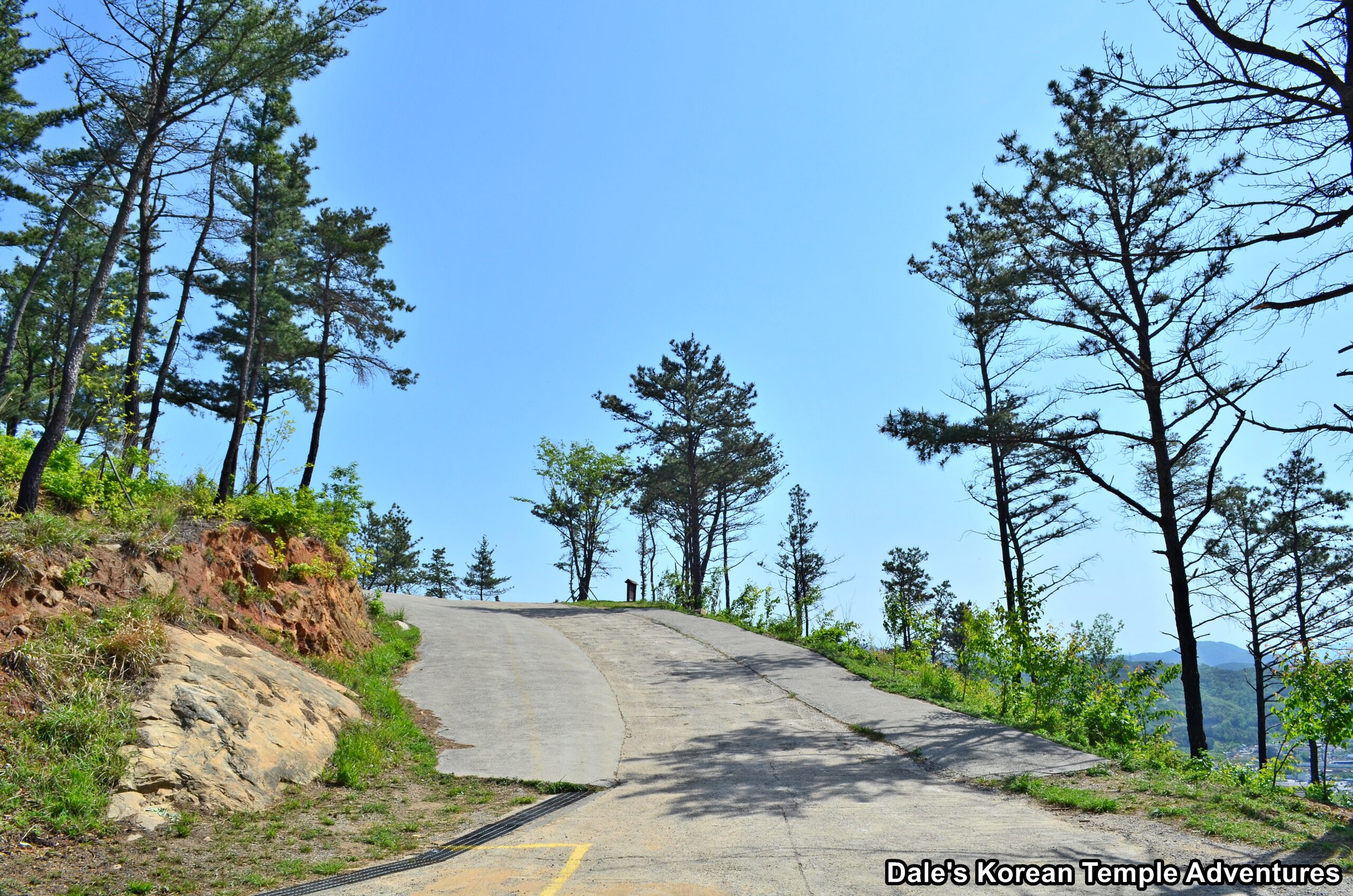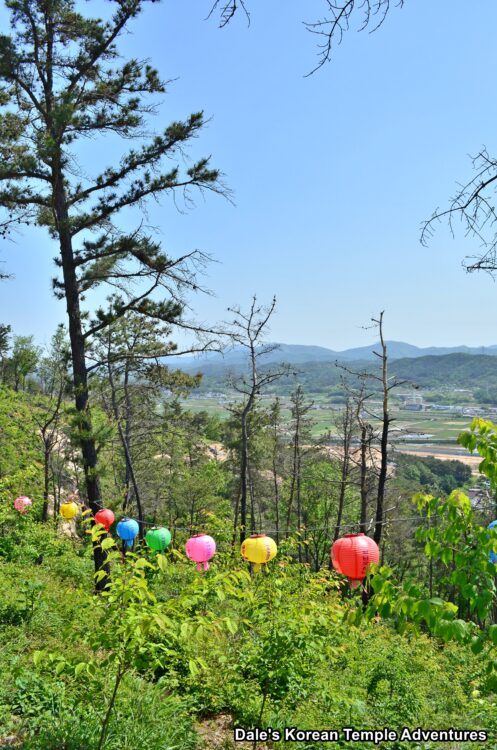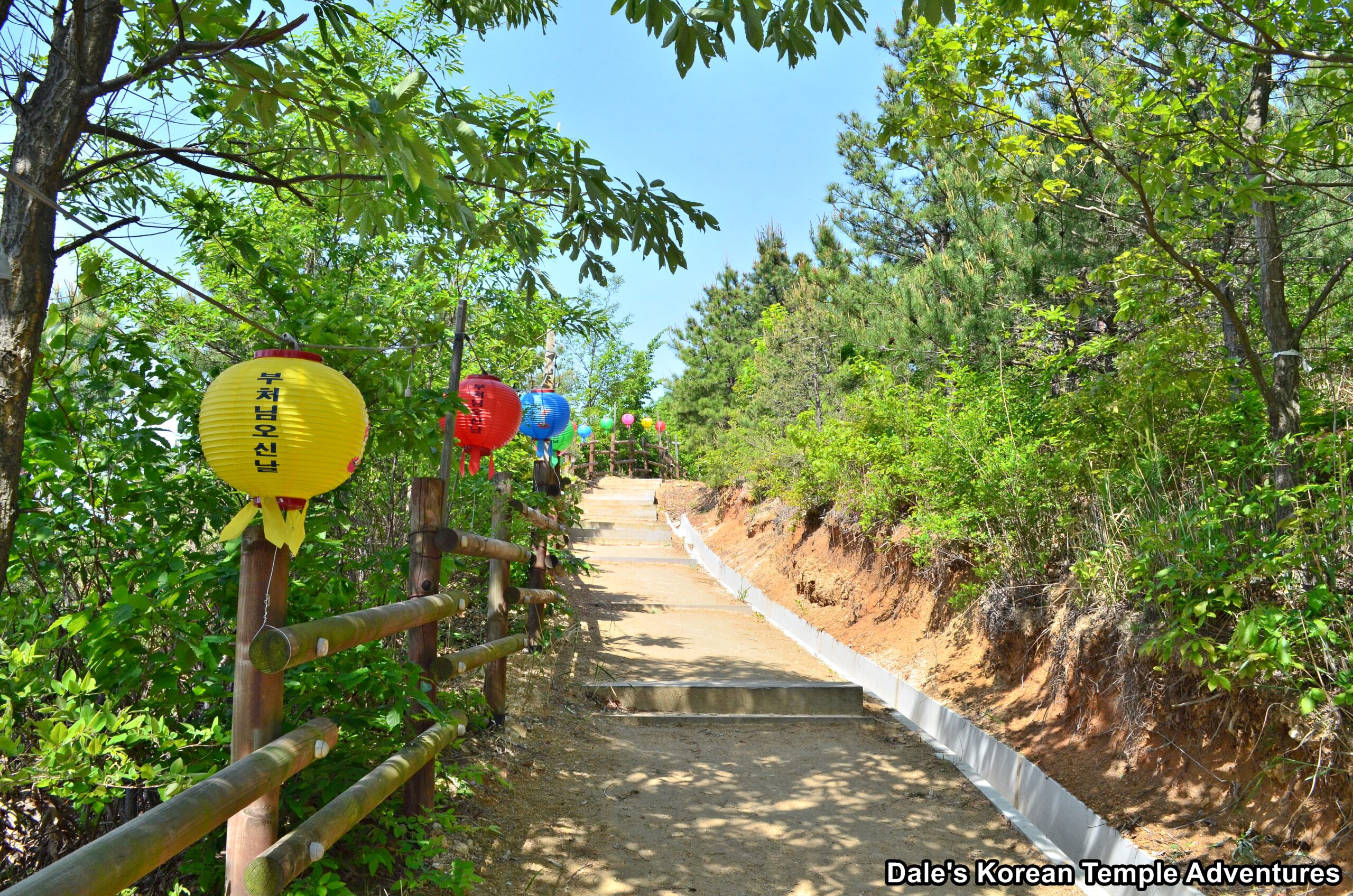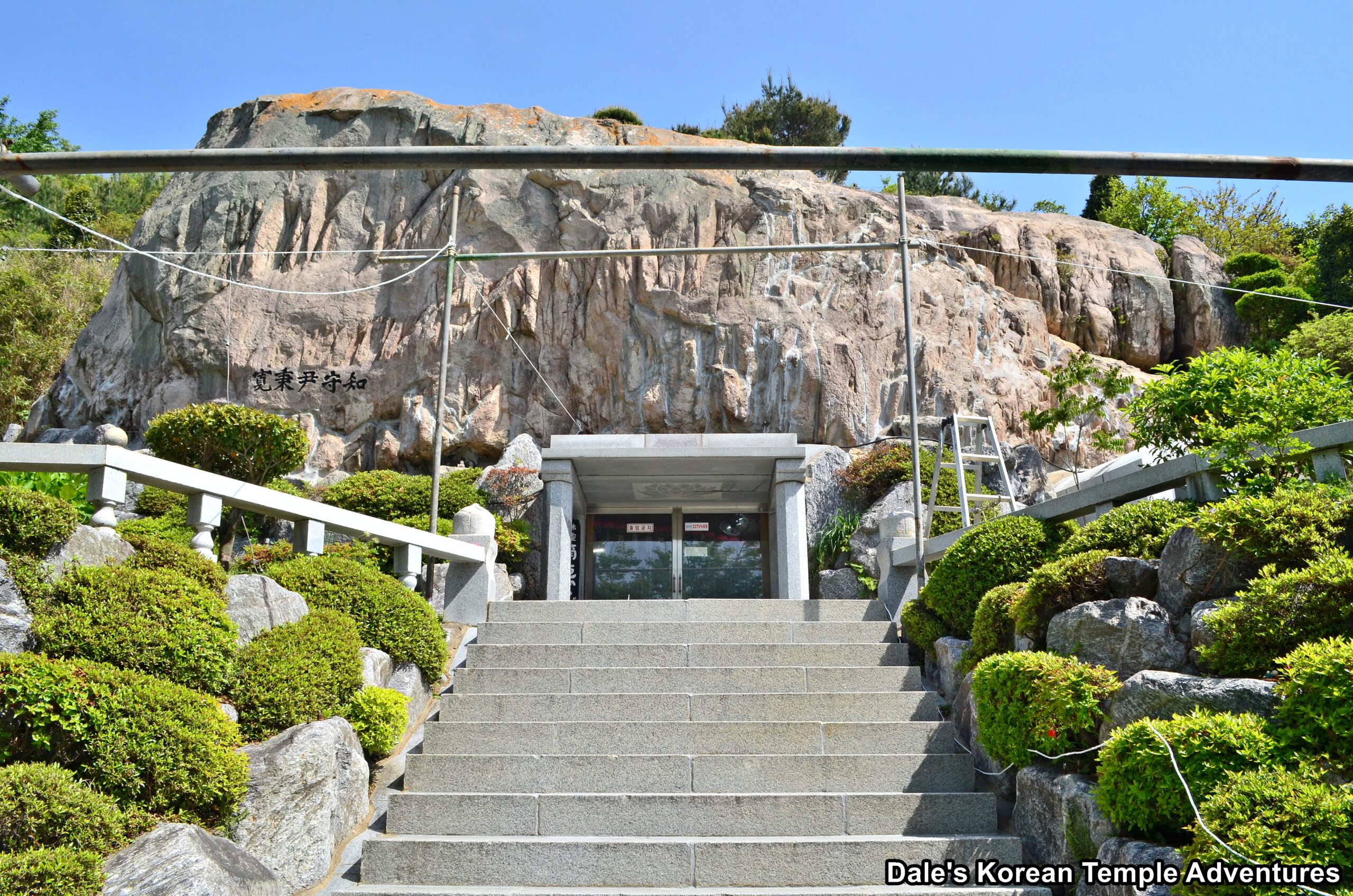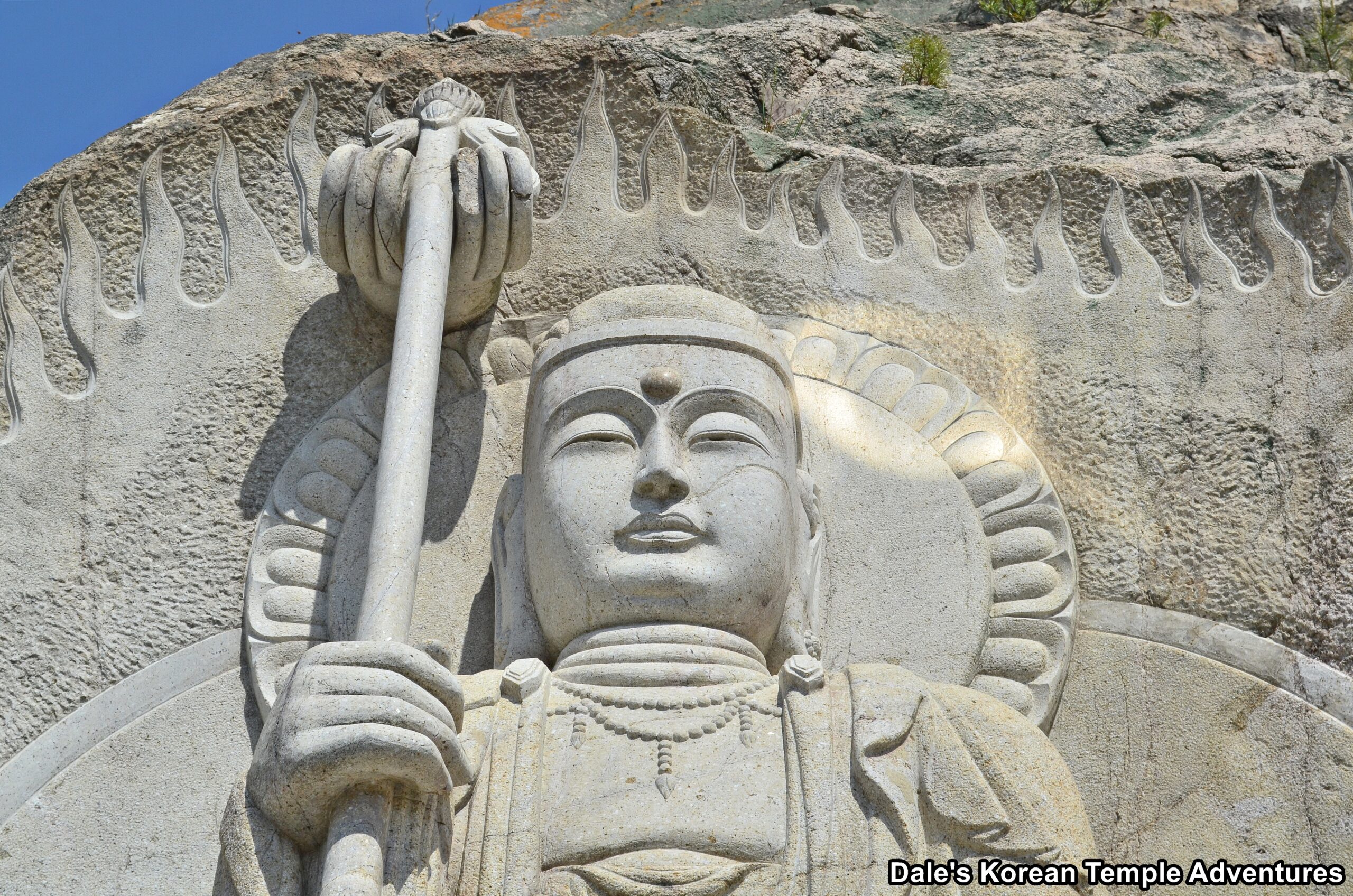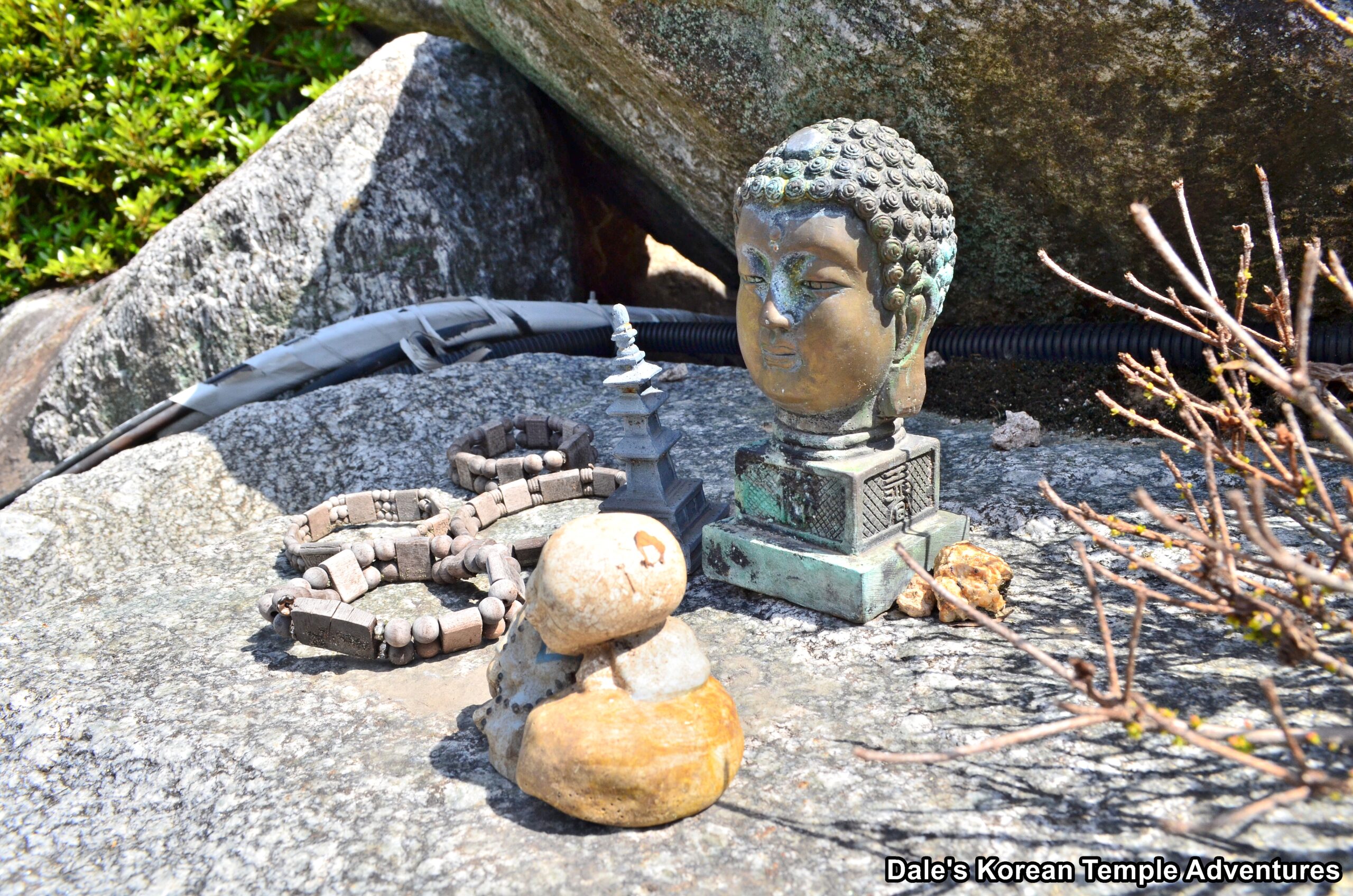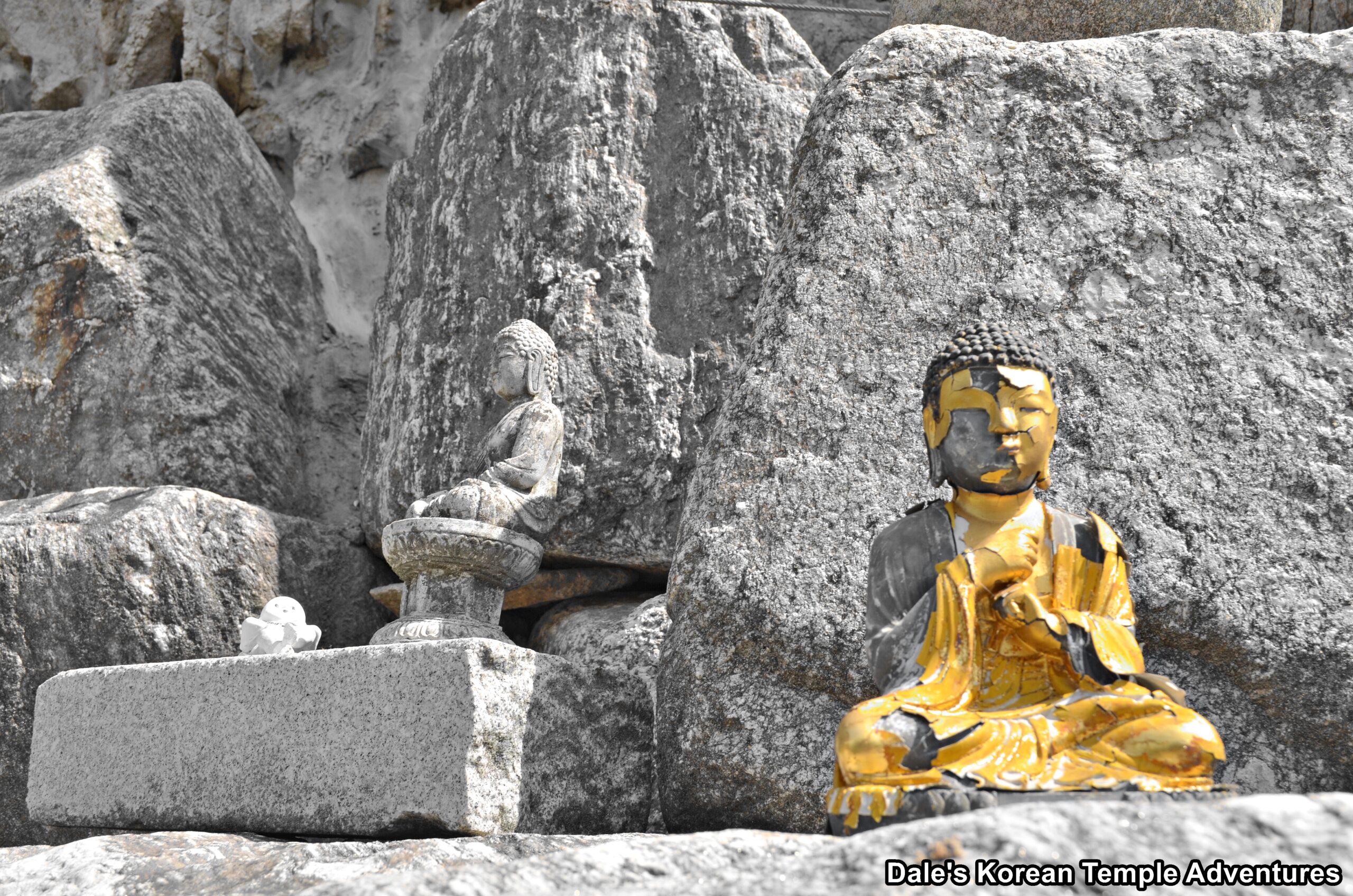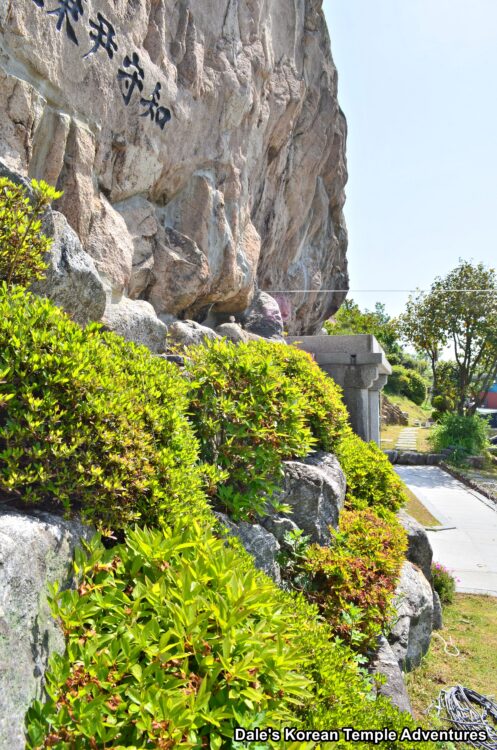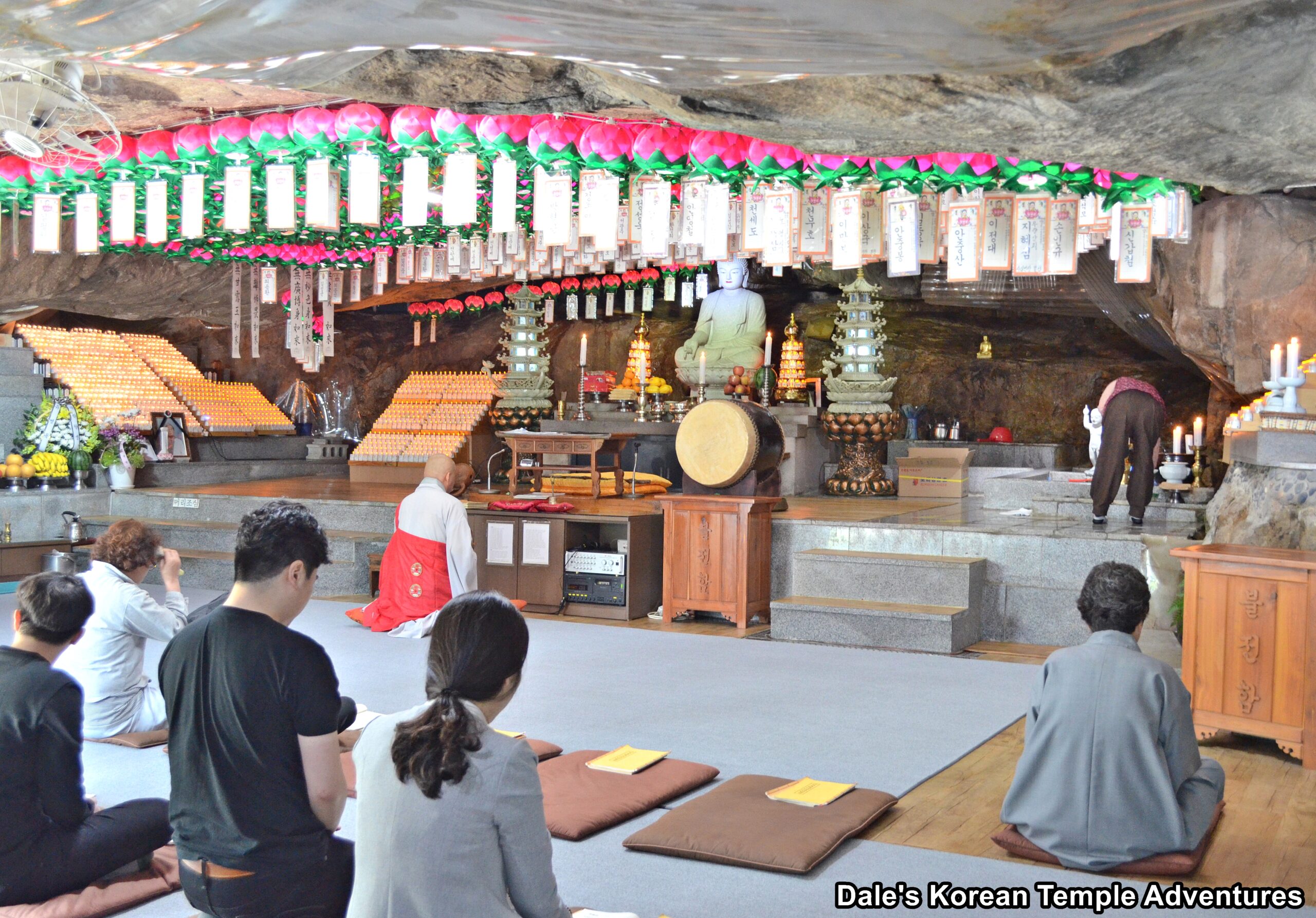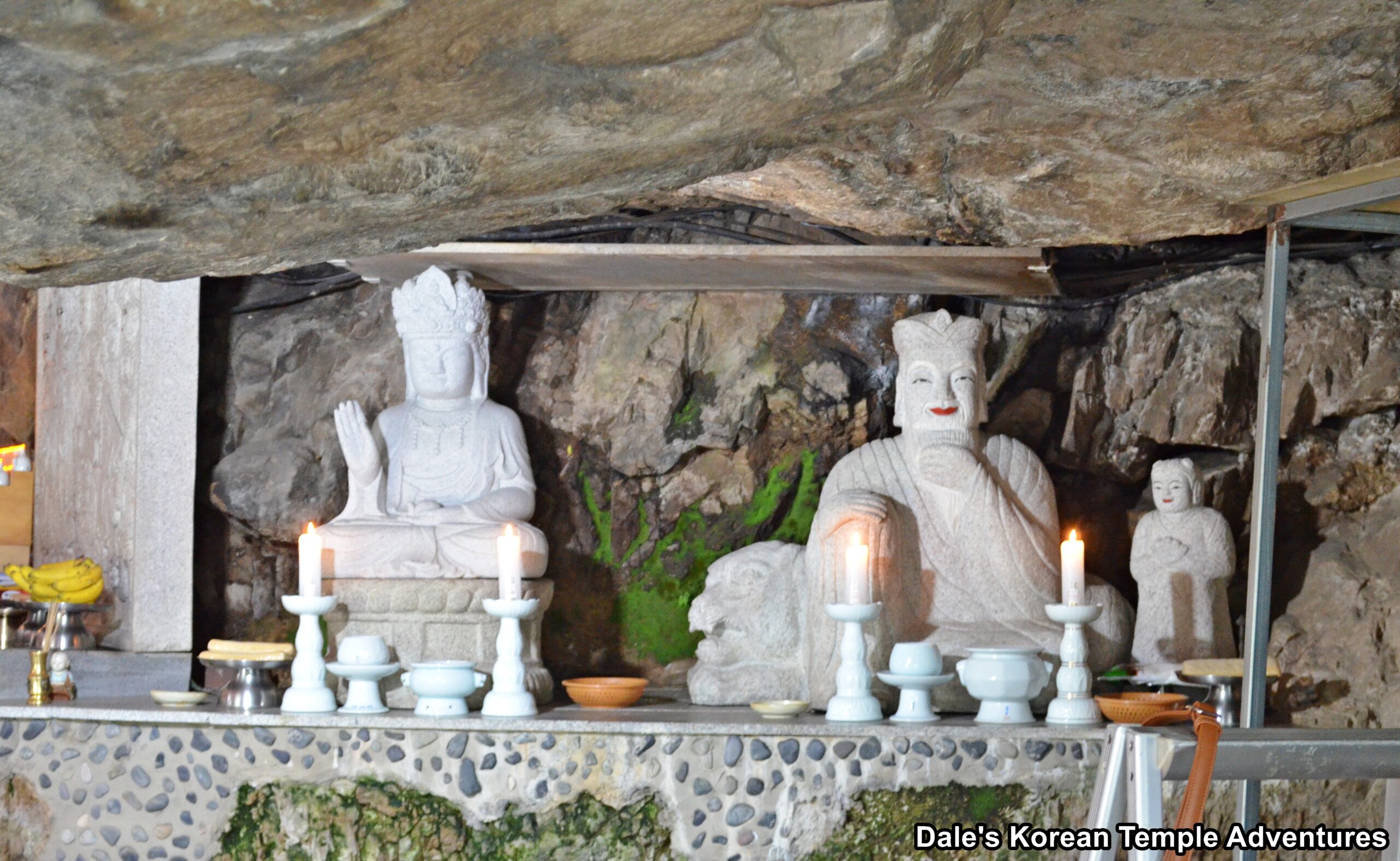Gulamsa Temple – 굴암사 (Ulju-gun, Ulsan)

Temple History
Gulamsa Temple is located in the far western part of Ulsan in Ulju-gun on Mt. Hwajangsan (271.6 m). Purportedly, the temple was founded by the monk Dohwa-doin during the reign of King Soji of Silla (r. 479-500 A.D.). However, after its founding, very little is known about the temple. What is known is that it was rebuilt in 1966 by An Seok-beom of Haeinsa Temple in Hapcheon, Gyeongsangnam-do. Currently, Gulamsa Temple belongs to the Taego-jong Order, which is the second largest Buddhist order in Korea.
As for the founding of the temple, there’s an interesting little legend that goes along with it. According to this legend, King Soji of Silla was praying at famous temples throughout the Silla Kingdom (57 B.C – 935 A.D.) to help cure his incurable disease. One day, Gwanseeum-bosal (The Bodhisattva of Compassion) appeared to King Soji of Silla in a dream. In this dream, Gwanseeum-bosal told the king that there was a flower in the southern part of the kingdom. If he went there, he would be cured. So King Soji of Silla sent his servants to find this place. One of these servants went to Mt. Hwajangsan and found that even though it was the middle of winter, the mountain was in full bloom. The servant found a monk there that was meditating in a cave. The old monk’s name was Dohwa. So the servant took the monk to see King Soji of Silla. Dohwa talked to the king; and after three days, just like his dream told him, King Soji of Silla was cured. As a thank you, the king built a temple around the cave where the monk had been found. And this temple would be known as Gulamsa Temple.
Temple Layout
Gulamsa Temple is located on the south side of Mt. Hwajangsan. And as you make your way up the mountain and towards Gulamsa Temple, you’ll notice that the mountain has suffered from recent forest fire damage. But it’s also from the heights of Mt. Hwajangsan that you get some beautiful views of the village of Eonyang down below.
After finally making your way to nearly the top of the mountain, you’ll find a modern-looking visitors centre at Gulamsa Temple. It’s just past this that you round a corner and get some more amazing views of the village below from the observation deck that’s at the temple. But it’s to your back, and the massive boulder protruding outwards and upwards from the face of the mountain, that you’ll find the unique main hall at Gulamsa Temple.
Up a set of stairs and past some beautifully manicured shrubs, you’ll notice the entrance to the main hall that’s situated inside a cave. This mid-sized cave houses a solitary image of Amita-bul (The Buddha of the Western Paradise) on the main altar. Book-ending this central statue are two green and ornate pagodas. The two pagodas stand about a metre in height. To the right of the main altar are two more stone statues. The first of the two, which is the one to the left, is an image of Gwanseeum-bosal (The Bodhisattva of Compassion). And this statue is then joined to the right by an image of Sanshin (The Mountain Spirit).
Outside the main hall, and to the far left, is a stone relief dedicated to Jijang-bosal (The Bodhisattva of the Afterlife). The relief is carved directly onto the face of the mountain. And placed throughout the cracks and crevices of the mountain are various statues of Buddhas and Bodhisattvas that visitors have left behind.
How To Get There
From the Eonyang Intercity Bus Terminal, you’ll need to take a taxi to get to Gulamsa Temple. The taxi ride will cost about 6,000 won (one way), and it’ll take about 15 minutes. From where the taxi drops you off, you’ll need to walk an additional 300 metres to get to Gulamsa Temple.
Overall Rating: 5/10
Gulamsa Temple is a bit of a tricky temple to rate because it’s not all that big, but it does have some interesting features like the cave main hall and the beautiful stone relief dedicated to Jijang-bosal (The Bodhisattva of the Afterlife). There are also some beautiful views of the village below from the heights of Mt. Hwajangsan.
